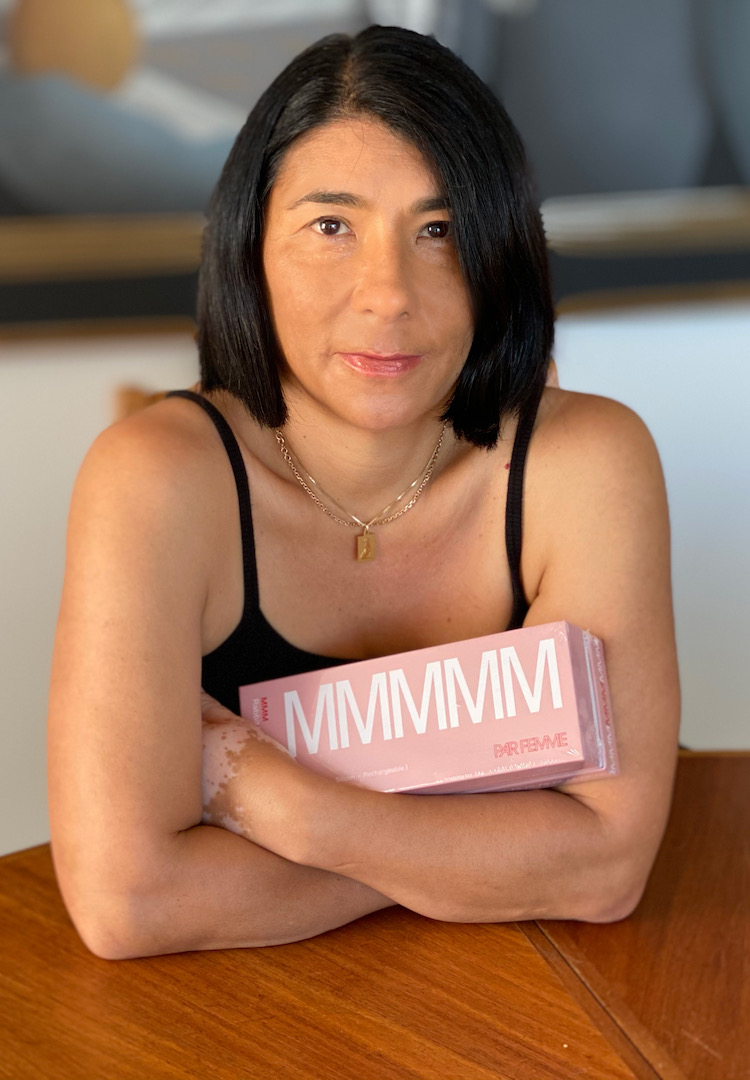Just eat it: Confessions of an adult picky eater
PHOTOGRAPHY BY TED MIN
WORDS BY JASMINE ALAVUK
“All it takes is a gentle crunch and I lose my appetite immediately.”
I’ll admit it; I’m a recovering picky eater. If there was a support group called Picky Eaters Anonymous, I would be the first in the circle to raise my hand and bare my shame.
I’m guilty of picking out the sultanas in carrot cake, spitting unchewed peas and corn into a napkin, and dry-retching at the sight of an onion. My tastebuds seem to have a mind of their own, and I’m becoming fed up with not being able to enjoy flavours and textures that others deem delicious.
Onions, I’m afraid to say, offend me the most, which has caused controversy and division among friendship groups, restaurant waiters and my dear mother and father. I know. I know. They’re a sacred flavour enhancer, so naturally, they’re in everything.
Pass me a beef pie that’s peppered with juicy little onion steaks and I’ll sniff them out before I’ve taken a bite. I have a sixth sense for their presence, despite hearing the persistent argument that “You can’t even taste them.” Mum, I love you, but that’s simply not true.
I usually notice them when they’re in thin spaghetti strands, like long skinny worms wriggling between my molars. All it takes is a gentle crunch and I lose my appetite immediately. Does anyone want this pie? I’ve decided I’m not hungry anymore.
There is a longstanding hostility between myself and the onion. It’s been this way for as long as I can remember, but I don’t really know why. As a child, in my teary state at the dinner table, I was scolded for wasting food just because I didn’t like it. Which, I suppose in hindsight, is fair enough.
I honed strategies to hide unwanted ingredients that prompted disgust, and became very familiar with the rituals of nose-pinching, or “the gulp and swallow method”, as Stephanie Lucianovic details in her book, Suffering Succotash: A Picky Eater’s Quest to Understand Why We Hate the Foods We Hate.
This book was recommended to me by Marie-France Laval, a Melbourne-based dietician, nutritionist and counsellor, who’s been researching children’s relationship with food for over 15 years. Her counselling service, Fussy Eater Solutions, offers children, parents and sometimes adults, strategies to overcome picky eating.
“There’s very little research in adults who are picky eaters, but there’s plenty of research in small children who are picky eaters,” says Laval. She’s not wrong. When I scoured the internet for something to assist me in controlling my picky affliction, most of the information I found was based on research with children.
However, Laval mentions that there is a reason for this. In most instances, picky eating begins in childhood at the dinner table. “One big, big element, the important element of what happens with children, is definitely the feeding relationship with the family and how their eating experiences go at the table during meal times.”
Lucianovic echoes this in her book, saying that she dreaded most meal times as a kid, because her parents became “The Enforcers”, insisting that she eat at least “three more mouthfuls” of her most loathsome dishes.
This, she says, forced her and her sister, Jenny, to creatively manoeuvre food-avoiding techniques, instead of confronting their innate repulsion, which, Lucianovic admits, carried into adulthood.
My own parents became so fed up with my gag reflexes and temper tantrums when I spotted curls of onion in the bolognese sauce that they, in a sign of defeat, did not purchase or cook with onion until I moved out of home three years ago.
I’ve often felt misunderstood for my behaviour around food, prompting a few judgmental eye-rolls, or friends who ask what’s wrong with me when I admit this childish truth.
In a way, it is isolating to not be able to enjoy the same meals that are shared between my loved ones. In Lucianovic’s words, “What non-picky eaters don’t seem to grasp is that picky eaters don’t choose to be picky”.
The reasons for picky eating are as multitudinous as the eater themselves. Textures play a role, says Laval. Foods like corn, peas, blueberries and grapes are considered “complex textures” because they have a skin.
For some people, biting into this texture is a confronting experience, because the food will burst in their mouth. So, Laval recommends removing the skin to slowly expose the eater to the food.
Sometimes, cases of picky eating can evolve into serious phobias, and critically affect one’s mental and physical health. Avoidant/Restrictive Food Intake Disorder (ARFID) is an eating disorder that is characterised by extreme pickiness when selecting food.
People who are affected by this often develop feelings of anxiety when presented with foods they dislike and can experience significant weight loss and nutritional deficiency as a result. ARFID is also commonly linked to neurodiversity, with autism spectrum disorder and obsessive-compulsive disorder likely to be related to individuals who are diagnosed with this condition.
“Your mouth is the biggest, most sacred entity”, says Laval. “You’re not going to put something in your mouth that you cannot eat. It’s a big deal.” She believes that adults, much like children, can overcome picky eating.
So, what’s her advice? “Do some work with a therapist,” she says. “Work with somebody and take it slowly to work through it, because you have to discuss everything that’s been going on around food from an early age, from as long as you can remember.”
A few weeks ago, at the behest of my housemate, I tried an onion ring from Pascoe Vale Hungry Jacks. I had never eaten an onion ring before, and, with a few tentative nibbles, I relinquished a portion of my disdain for this vegetable.
To my surprise, I was shocked by its sweetness. When I said this to my housemate, she looked at me like I’d just told her salt is salty. Turns out fried worms are good.
I interrogated this response, letting the chunks of batter and onion roll around on my tongue. I actually liked the texture and the way the crispy outer layer emphasised the mooshiness of the inner. The onion wasn’t crunchy – it was soft, disintegrating on my palate like jelly. And I didn’t mind it at all.
Not long after this, I posted about my picky eating on social media. A few friends reached out to me to share how they’ve tried to overcome their aversion to certain foods. One mentioned that some fruits don’t do it for her, so she introduces it as an ingredient in something else, like muffins or a cake.
Another sympathised with my avoidance of onions and recommended that I cook with shallots instead. In the past two weeks, I’m proud to say that I have taken on that advice, and added shallots – I suppose, the more friendly version of the onion – in my pasta sauce. Albeit, they were chopped very finely and cooked down very slowly.
As I prepared my meal and began chopping the vegetable, a few stray tears ran down my face. My eyes stung like I’d been in a field of pollen. After all these years, onions still leave me in a teary state at the dining table. At least now I don’t dry-retch at the sight of them.













